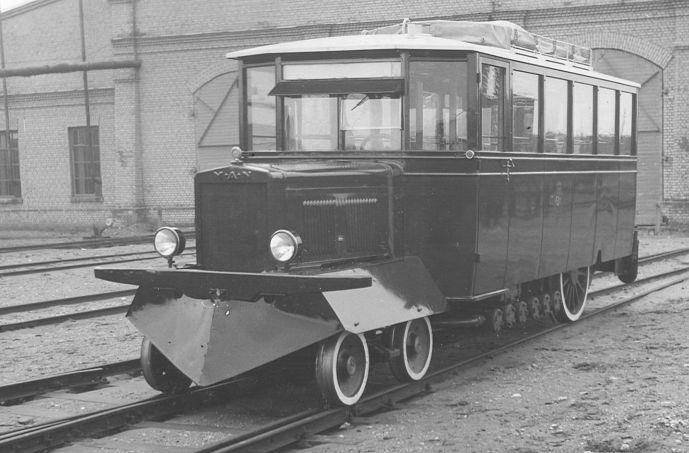
!!! Lūgums nepublicēt paša slēpņa vai viesugrāmatas fotografijas. nelieciet norādes (ieskaitot paša slēpņa foto) un mēģiniet nepalīdzēt draugiem ;) !!! Paldies
Pirmie sliežu ceļi tika uzbūvēti Vācijā jau XVI gadsimtā — sliedes bija no koka un pa tām vagonus vilka zirgi. XVIII gadsimtā samērā plaši raktuvēs Anglijā un citur izmantoja metāla (čuguna) sliedes. Tomēr dzelzceļa īstā attīstība sākās līdz ar tvaika mašīnas izgudrošanu.
Pirmo tvaika lokomotīvi uzbūvēja 1804. gadā angļu konstruktors Ričards Trevitiks. Tomēr tolaik izplatītās čuguna sliedes nespēja noturēt septiņas tonnas smago lokomotīvi, bet dzelzs bija pārāk dārga. 10 — 20 gadus vēlāk angļu inženieris Džordžs Stīvensons izgudroja vairākas veiksmīgas tvaika lokomotīvju konstrukcijas (Stīvensona konstruētā “Raķete” tika atzīta par tā laika labāko lokomotīvi) un pārliecināja kalnraktuvju īpašniekus par dzelzceļa lietderību. Pirmo dzelzceļu atklāja Anglijā 1825. gadā starp Dārlingtonu un Stoktonu.
Latvijas teritorijā dzelzceļus sāka būvēt Krievijas impērijas laikā. Tie bija 1524 mm platuma ceļi. 1860. gadā cauri Rēzeknei un Daugavpilij tika atklāta Pēterburgas—Varšavas līnija. Tikai gadu vēlāk tika uzbūvēta Rīgas—Daugavpils līnija.
1897. gadā uzbūvēja pirmo 750 mm šaursliežu dzelzceļu Latvijā: Valkas—Rūjienas—Pērnavas dzelzceļa līniju (nav saglabājusies). Pirmo elektrificēto dzelzceļu Latvijā atklāja 1950. gadā (iecirknis Rīga—Dubulti).
ENG
!!! Please do not publish photos of the cache or the logbook. Do not provide hints (including photos of the cache) and try not to help friends ;) !!! Thank you.
The first railway tracks were built in Germany in the 16th century, with wooden tracks over which horse-drawn wagons traveled. In the 18th century, iron (cast iron) tracks were widely used in mines in England and elsewhere. However, the true development of railways began with the invention of the steam engine.
The first steam locomotive was built in 1804 by the English engineer Richard Trevithick. However, at that time, the prevailing iron tracks were unable to support the weight of the seven-ton heavy locomotive, and iron was too expensive. It was only 10 to 20 years later that the English engineer George Stephenson invented several successful steam locomotive designs (Stephenson's "Rocket" was recognized as the best locomotive of its time) and convinced mine owners of the usefulness of railways. The first railway was opened in England in 1825 between Darlington and Stockton.
In the territory of Latvia, railways began to be built during the time of the Russian Empire. They were of 1524 mm gauge. In 1860, the St. Petersburg-Warsaw line was opened, passing through Rēzekne and Daugavpils. Only a year later, the Riga-Daugavpils line was constructed.
In 1897, the first 750 mm narrow-gauge railway in Latvia was built: the Valka-Rūjiena-Pärnu railway line (no longer preserved). The first electrified railway in Latvia was opened in 1950 (Riga-Dubulti section).
Congrats!!!
FTF - janchix / Rudice / P.Plostnieks
STF - daavisgg
TFT - iceseal